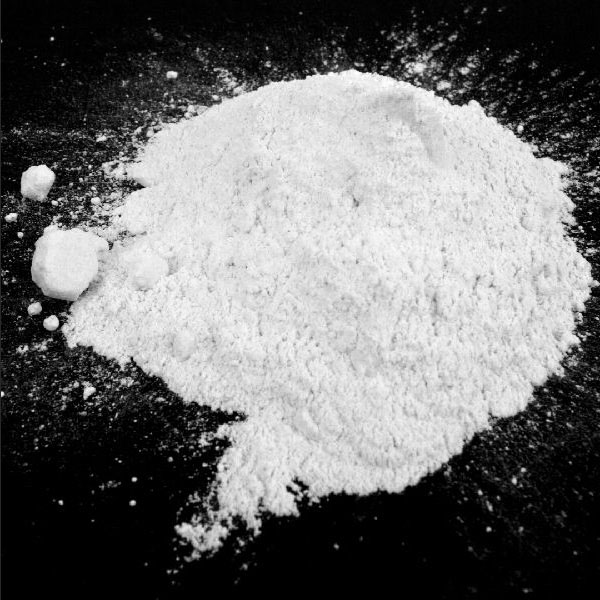- English
- Español
- Português
- русский
- Français
- 日本語
- Deutsch
- tiếng Việt
- Italiano
- Nederlands
- ภาษาไทย
- Polski
- 한국어
- Svenska
- magyar
- Malay
- বাংলা ভাষার
- Dansk
- Suomi
- हिन्दी
- Pilipino
- Türkçe
- Gaeilge
- العربية
- Indonesia
- Norsk
- تمل
- český
- ελληνικά
- український
- Javanese
- فارسی
- தமிழ்
- తెలుగు
- नेपाली
- Burmese
- български
- ລາວ
- Latine
- Қазақша
- Euskal
- Azərbaycan
- Slovenský jazyk
- Македонски
- Lietuvos
- Eesti Keel
- Română
- Slovenski
- मराठी
- Srpski језик
Anatase Edge Banding Titanium Dioxide Manufacturing Process
2023-12-06
Edge banding of anatase A white pigment called titanium dioxide is frequently applied to MDF or particleboard in the furniture business to enhance its durability and finish. The following procedures are involved in the production of titanium dioxide anatase edge banding:
Preparation of raw materials: Sulfuric acid and premium titanium ore are the two main raw materials used in the manufacturing of anatase edge banding titanium dioxide. After the ore is crushed, sulfuric acid is applied to remove the titanium dioxide.
Digestion: To dissolve the mineral and liberate the titanium dioxide, strong sulfuric acid is combined with titanium ore in a digester. High temperatures are subsequently applied to the resultant slurry.
Filtration: Next, the liquid and solid phases of the slurry are separated by filtering. The titanium dioxide, which has been purified, is present in the solid phase.
Drying and calcination: To change the anatase form of titanium dioxide into a more stable, rutile form, the solid phase is first dried and then heated to high temperatures. The pigment's whiteness and brightness are also enhanced by this technique.
Milling and surface treatment: The pigment is ground into a fine powder in the last stage, and its optical qualities are enhanced by applying a surface treatment. Organic or inorganic substances that enhance the pigment's dispersion and compatibility with other materials are typically used in this surface treatment.
Anatase edge banding titanium dioxide is made by processing raw materials by digestion, filtration, drying, calcining, milling, and surface treatment. High-grade white pigment is the end product, and the furniture sector uses it for MDF or particleboard coating applications.





